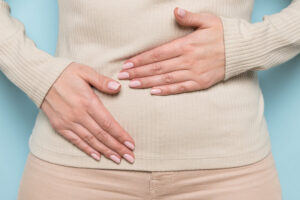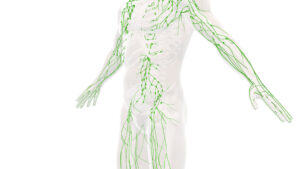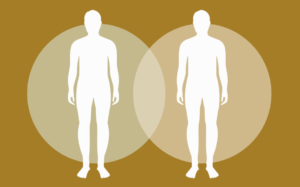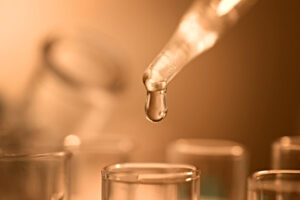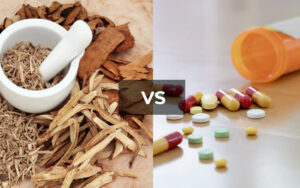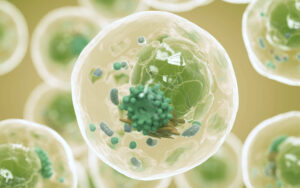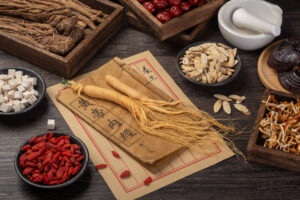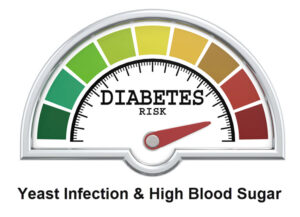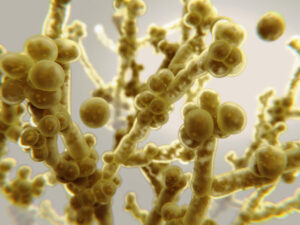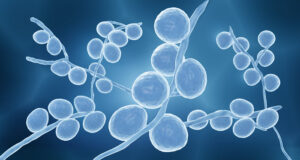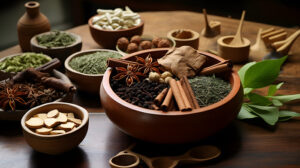Toxins and germs can damage cells in the body and are the primary cause of illnesses and diseases. When too many cells have been injured or destroyed, the body loses its ability to repair and heal itself.
Toxins
Toxin is a general term used to describe poisonous substances. Examples include naturally occurring minerals like arsenic, metals such as mercury and lead, gases like hydrogen chloride, and manufactured products with toxic chemicals like pesticides and herbicides.
Chemicals
Chemicals are the most common form of toxins. They are found in the air (hydrogen chloride), food (preservatives and coloring), and water (fluoride).
Toxic chemicals can:
- Stop liver function and cause liver failure.
- Stop kidney function and cause kidney failure.
- Stop muscle reactions and cause paralysis.
- prevent the immune system from working correctly
- cause cancer
- cause autoimmune diseases.
The government regulates the amount of chemicals allowed in food. But even small doses of a chemical can build up in the body over time and cause serious health issues. These chemicals will also slow your body’s ability to fight infection and repair itself. And they mask the damage caused by the toxins in drugs and certain types of medical treatment.
Germs
Germs are microorganisms that cause diseases. Examples include viruses, bacteria, protozoa, and fungi.
Viruses
A virus is a type of cellular parasite made up of DNA or RNA and surrounded by a coat of protein. Some scientists consider them living organisms, and some don’t.
Getting sick from a virus
Viruses infect cells, take over replication, and make several hundred to thousands of copies of themselves. They also stop the cell from functioning correctly.
Eventually, the cell dies, and a thousand new viruses are released to infect another thousand cells. This is why you don’t feel a viral infection right away. You may be infected, but the virus has hidden itself in your cell and is making copies. It will take several days and tens of thousands of infected cells before you start feeling sick.
The virus can only be detected when the cell dies, and the viruses are released.
High Viral Loads
A viral load is the amount of virus in a person’s blood. A high viral load means there is a lot of cell damage. The damaged cells will release histamines, which activate white blood cells. The white blood cells will require a lot of energy to kill the viruses and make new cells to replace the dead cells. You can lose weight and strength when you have a large number of activated white blood cells that burn a lot of energy.
White blood cells and the adaptive immune system
The adaptive immune system has white blood cells with a specialized function. Their job is to attack the invading virus. They are activated by histamines, which come from damaged and dying cells.
The white blood cells make antibodies that bind to the virus and prevent it from entering another cell. These antibodies are very specific to the virus that is infecting you. If your body makes antibodies for the wrong virus, the virus causing the sickness can continue spreading and infecting more cells.
The antibodies help the white blood cells find the virus and destroy it. The more antibodies that are made, the more viruses can be stopped.
Once all the viruses are destroyed, the white blood cells that replace damaged cells with new cells will get you back to normal.
Bacteria
Bacteria are living organisms that usually consist of a single cell. Some, not all, bacteria can make you sick. Bacteria multiply by splitting in half.
Body defenses
Bacteria can be found in the air, food, and water. Our gut has good bacteria that create a physical barrier preventing harmful bacteria from infecting our intestines. If you get a cut or a scratch, and your immune system is strong enough, it will fight the bacteria and prevent it from spreading into your blood. White blood cells from the innate immune system are built to fight bacteria. Bacteria are the same size as white blood cells. It’s an even match.
There are also many foods you can eat to help fight bacteria.
Bacteria and your immune system
Bacteria usually attack through an opening on the skin. Because they are the same size as cells, bacteria can’t slip between them like viruses. This is why bacteria usually stay close to where they enter the body. There is not enough space for the bacteria to move.
The bacteria will attack cells for nutrients. This releases histamines, which are sucked into the lymphatic system and activate white blood cells in the lymph nodes. The white blood cells follow the histamine trail back to the bacteria. When the white blood cells arrive, they start attacking the bacteria.
If your white blood cells have enough nutrients, the bacteria can be destroyed in a few days. But if too many bacteria exist, they will consume all the nutrients and start dying. When the bacteria begin to die, they release bacterial toxins, which cause cell damage.
White blood cell nutrients come from blood. If there are too many white blood cells and insufficient nutrients, the white blood cells will stop working.
Candida (Fungus & Mold)
Candida is a type of yeast that lives in your body. Candida is much bigger than bacteria. Bacteria is a single-cell germ. Candida is made up of thousands of cells. It’s too big to get into an open wound. You have a greater chance of getting a bacterial infection than a Candida infection.
Candida also grows slowly. It can take decades for someone to have symptoms.
A Candida infection usually happens through the gut. A high-carbohydrate and sugar diet breaks down the probiotics in our gut, causing it to lose its first line of defense. Probiotics are a physical barrier preventing candida from getting into our gut. Once the defenses are gone, you can get infected with Candida.
When Candida finally enters your gut, it won’t stay in the intestines. It’s going to leave and find a place with lots of nutrients. Candida can travel in your body without setting off your immune system. It produces a protein slime that allows it to move between cells. The Candida will eventually find the lymphatic vessels. Once inside the lymphatic system, the Candida will be transported to the kidneys and liver.
Candida is a live germ, so it requires nutrients. It takes vitamins away, causing nutritional deficiency.
It also creates metabolic waste. Metabolic waste isn’t good for the body. It’s toxic.
Having Candida in the kidneys and liver doesn’t cause kidney and liver damage immediately, but you will end up with health issues.
Candida in the liver causes high blood sugar. The liver’s ability to store sugar is compromised, and sugar is released into the blood.
Candida in the liver will travel and end up in the kidneys. Candida in the kidneys causes high blood pressure. Candida blocks the flow of toxins through the kidney. The kidney senses toxins are accumulating, which increases blood pressure. The higher blood pressure pushes toxins through the kidneys. Candida will continue to grow and block more filtration. This is why your blood pressure goes higher.
Candida can also travel to the legs, causing numbness and pain, often due to neurological problems.
Toxins and germs cause health issues and prevent the body from healing itself. Detoxing the body helps restore damaged cells and organ function, making it faster and easier for the body to get well. The best detox uses Chinese medicinal herbs. These herbs are highly potent and can penetrate deep into the body. That’s the type of detox you need if you have long-term, unresolved health conditions.
Summary
- Toxins, chemicals, viruses, bacteria and Candida can cause health problems.
- Getting rid of harmful substances in the body can restore your health.
- Vitamins and supplements won’t fix long-term health issues.
- Chinese medicinal herbs can detox and repair the body.
Do you want to improve your health? Contact us today at (213) 999 – 5577 for more information about our custom detox programs. We use specially processed Chinese medicinal herbs to repair and restore damaged cells. You can also schedule a free consultation with Dr. Kwang.



